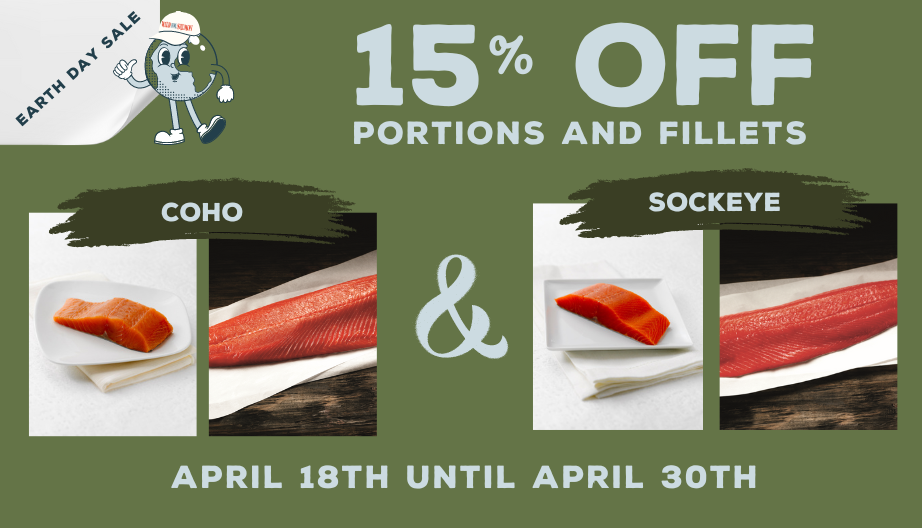Seafood is healthy! Salmon is healthy! So much so that two servings of fish (particularly fatty fish because that’s where the Omega-3’s are stored like salmon, albacore tuna, and herring) per week is recommended by national health organizations, like the American Heart Association. A question we’ve been fielding in our store and office, however, is if different cooking methods affect the nutritional value of the fish.
The short answer is: of course!
As you can imagine, breading and frying the fish will add some calories, and a marinade full of both salt and sugar will add some sodium.
That being said, Seafood Health Facts, a website and joint-project between a handful of credible universities and the Community Seafood Initiative, states that, “With most cooking methods, vitamin retention in cooked seafood is greater than 85%, and retention of important minerals is 100%.”

Hurray! This is good news and should encourage you that you are making the right choice shopping at Wild for Salmon. Diving deeper, researching cooking methods and how to preserve the most nutrients out of your purchase really deserves a pat on the back.
The long answer is a bit more complicated. As a 2018 Men’s Health article succinctly and appropriately summarizes, “Lower-heat, moisture-based cooking methods such as poaching and steaming (click the links for recipes using these methods!) are better at preserving the nutritional qualities of the fish than high-heat methods like drying and grilling.” It’s true. These “low impact” methods preserve the coveted Omega-3s of our wild salmon, but the great news is that the Omega-3 count is so high that the diminishing aspects of frying and grilling are still low. You’ll still nourish your body with wild Alaska salmon no matter how you cut it...I mean, cook it.
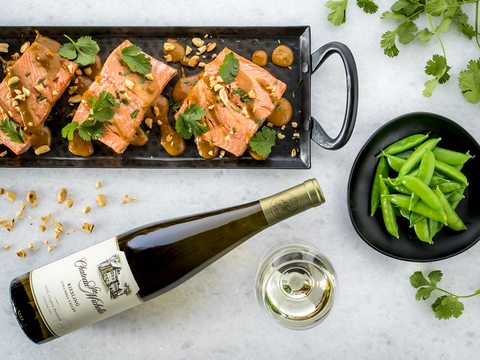
Check out this insta-pot steamed salmon with peanut sauce recipe from Alaska Seafood.
That being said, it is worth considering which ingredients you add to your salmon and what you serve with it. All species of salmon vary in fat content, with king or Chinook having the most, but each are relatively high in fat. WebMD reminds us that you don’t need to douse this fish in oil or butter: “Because salmon is a rich fish, the best preparation methods are those that add little or no fat.”
And, if sodium is something you’re avoiding, you’ll want to skip smoked or canned fish. These processes require more salt and can increase the sodium levels by the tens of milligrams. There are many low-sodium ingredients that make great dressings for fish, like lemon, dill, fennel, and cilantro. Wild Alaska salmon is delicious alongside healthy veggies, over a bed of greens, or paired with brown rice, quinoa, or a healthy whole-grain. Wild Alaska salmon is a healthy, all-natural whole food, pair it with the like and you can’t go wrong.

 Wild Alaska Salmon
Wild Alaska Salmon Alaska Salmon Burgers
Alaska Salmon Burgers Smoked Salmon & Seafood
Smoked Salmon & Seafood Wild Alaska Whitefish
Wild Alaska Whitefish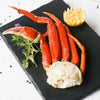 Wild Shellfish & Shrimp
Wild Shellfish & Shrimp Wild Albacore Tuna
Wild Albacore Tuna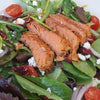 Canned Seafood
Canned Seafood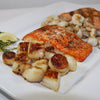 Meal Box & Samplers
Meal Box & Samplers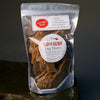 Pet Products
Pet Products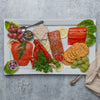 Gifts
Gifts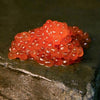 Specialty
Specialty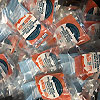 Wholesale Ordering
Wholesale Ordering